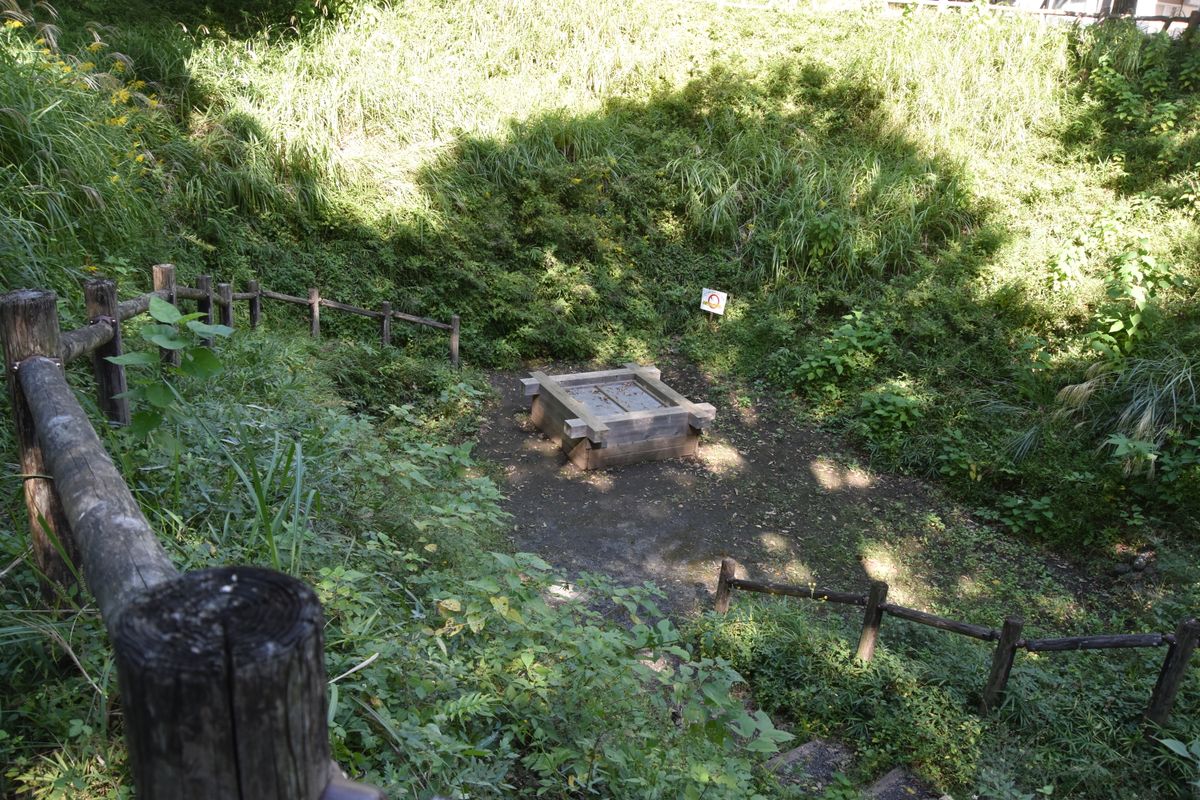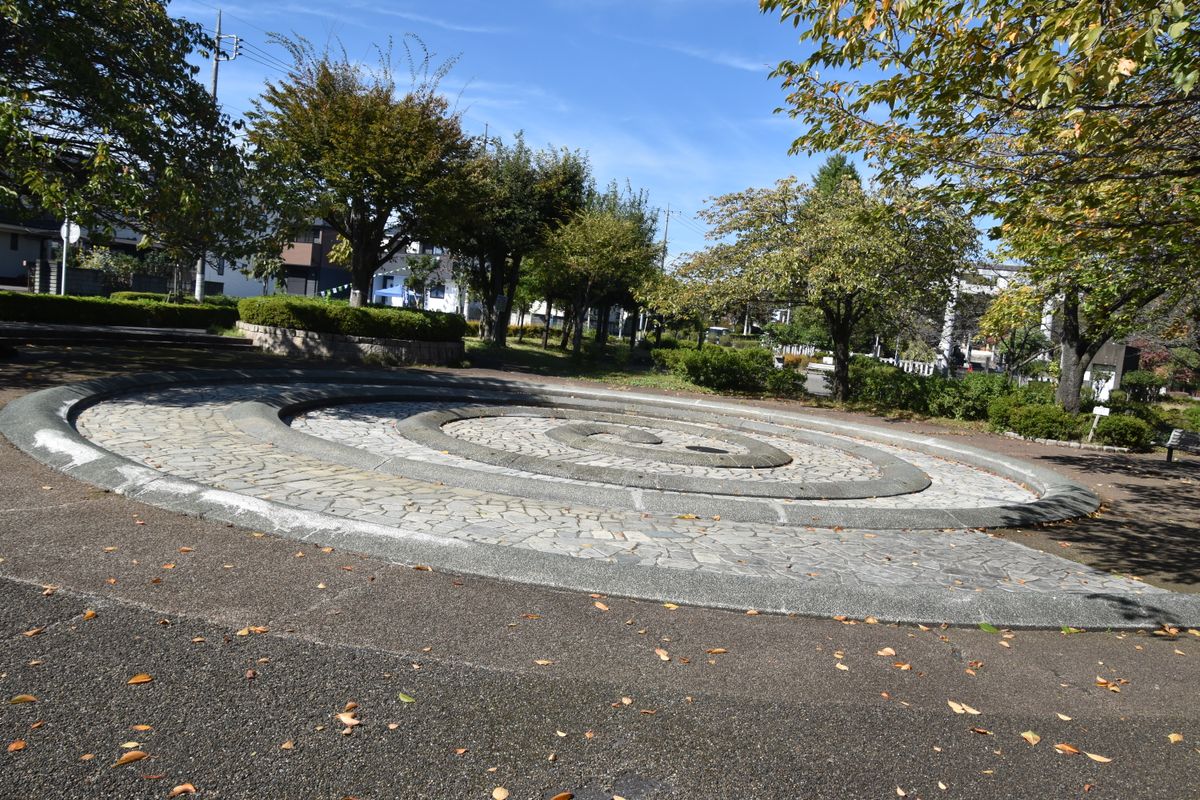About
In the mountainous Musashino region of eastern Japan, the maimaizu-ido or "snail well" was an important source of water that was used from the Middle Ages to the turn of the century, an invention rarely seen elsewhere. Its distinct, snail-like spiral shape was necessary to dig deep into the ground, where the soil was mostly loam and would otherwise collapse.
While several specimens are known in the western suburbs of Tokyo, the largest site can be found in the Shinmachi neighborhood of Ōme. Restored in Ōido Park dedicated to the historic site, the so-called Great Well of Ōme-Shinmachi is believed to have been built over four or five centuries ago, possibly by travelers who stopped on the site for a rest as it was an intersection of the busy Ōme Road and the Chichibu Road.
Spanning about 36 yards (33 meters) in width and going down 23 feet (seven meters) in depth, the Great Well site was first excavated in 1987, and rebuilt as a prefecture-designated historic site the same year. Ōido Park was then opened to the public, with the restored well in one corner and a fountain modeled after it in another, maintained as a children's playground.
Related Tags
Hidden Japan: Sado Island, Nara & Kyoto
Explore a different side of Japan.
Book NowCommunity Contributors
Added By
Published
December 13, 2023































